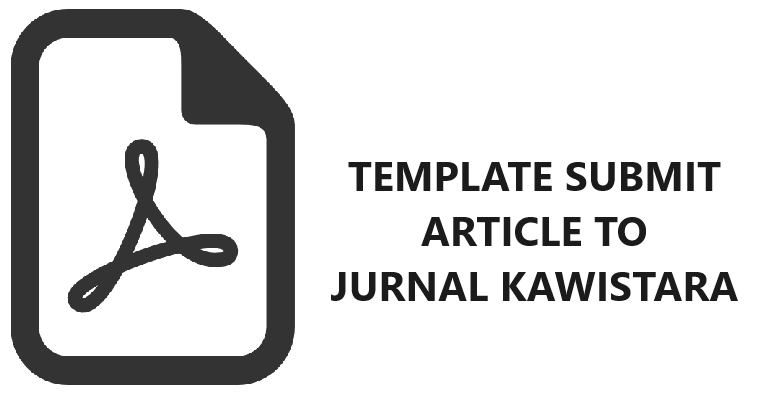DETERMINATION OF SOIL QUALITY AS A FOUNDATION OF SUSTAINABLE LAND MANAGEMENT FOR CHILLI IN THE AGROFORESTRY SYSTEM BASED ON COCONUTS IN SANDY SOIL OF BUGEL BEACH
Dina Ruslanjari(1*), Taufan Alam(2)
(1) Sekolah Pascasarjana Universitas Gadjah Mada
(2) Universitas Gadjah Mada
(*) Corresponding Author
Abstract
The quality of soil cannot be measured directly, in which indicators need to be arbitrated of physical, chemical and biological properties, all of those affect the character of soil. The objective of this study was to identify the relationship between factors of soil quality and to review the effect of soil quality towards chili production. The exploration was done at Bugel Beach, Panjatan Sub-District, Kulonprogo, and DIY. Methods that were used in this study were Randomized Complete Block Design (RCBD) single factor. The factors was divided into initial agroforestry zone (shade intensity 0-30%), middle (shade intensity 31-60%) and final (shade intensity >60%) based on coconuts that was present at the location of sandy soil of Bugel Beach. Data collection was in physical, chemical, and biological form also in chili production. Data analyses were ANOVA with 5% LSD test, Structural Equitation Modelling (SEM), Factor Analysis and Stepwise Regression. The result of this study showed that initial agroforestry phase had the highest chilli production which followed by middle agroforestry and final agroforestry phase. SEM result showed that biological characteristic of soil in general directly affect the chili production and an interaction was evidence between physical and chemical characteristics of the soil. Two sets of the factors were found in factor I (BV, soil moisture, permeability, pH H2O, C-Organic, KPK, N-total, P-total, P-availability, K-total, K-dd, Ca-dd, mg-dd, Na-dd and total of microbes) and factor II (microbial and respiration total). Quality factor which effected chili production was the amount of total microbes.
Keywords
Full Text:
PDFReferences
Andrews, S. S., D. L. Karlen and C. A. Cambredella. 2010. The Soil Management Assessment Framework: A Quantitative Soil Quality Evaluation Method. J. Soil Sci. Soc. Am. 68(6): 1945-1962.
Juarini, 2002. Perilaku Petani Terhadap Risiko Usahatani di Lahan Pantai Kabupaten Kulonprogo. Jurnal Agroekologi 9:2. Program Studi Ekonomi Pertanian Faperta UGM.Yogyakarta.
Kartonegoro, B. J., 2003. Pengembangan Budidaya Tanaman Sayuran dan Hortikultura Pada Lahan Pasir Pantai: Sebuah Model Spesifik dari Daerah Istimewa Yogyakarta. J. Agr-UMY 11(2): 67-75.
Makalew, A. M., 2011. Penetapan Minimum Data Set (Mds) dan Indeks Mutu Tanah Sebagai Landasan Pengelolaan Lahan Berkelanjutan. Disertasi. Program Pascasarjana, Fakultas Pertanian, Universitas Gadjah Mada, Yogyakarta.
Samadi dan Cahyono, 1996. Intensifikasi Budidaya Bawang Merah. Kanisius, Yogyakarta.
Saparso. 2008. Ekofisiologi Tanaman Kubis Bawah Naungan Dan Pemberian Bahan Pembenah Tanah Di Lahan Pasir Pantai. Disertasi. Program Pascasarjana, Fakutas Pertanian, Universitas Gadjah Mada, Yogyakarta.
Schnitzer, M. 1991. Soil Organic Matter. The Next 75 Years. J. Soil Science 151: 41–58.
Stevenson, F. J. 1982. Humus Chemistry Genesis, Composition and Reaction. John Willey and Sons, New York.
Yoshida, S. 1981. Fundamental of Rice Crop Science. IRRI, Manila.
Article Metrics
Refbacks
- There are currently no refbacks.
Copyright (c) 2018 Jurnal Kawistara

This work is licensed under a Creative Commons Attribution-ShareAlike 4.0 International License.
Jurnal Kawistara is published by the Graduate School, Universitas Gadjah Mada.











